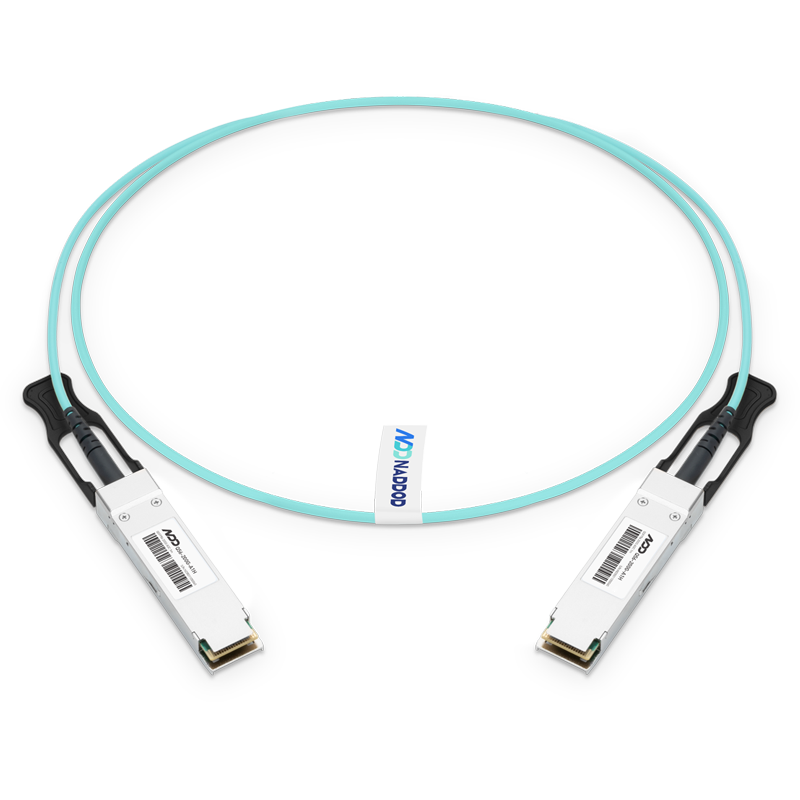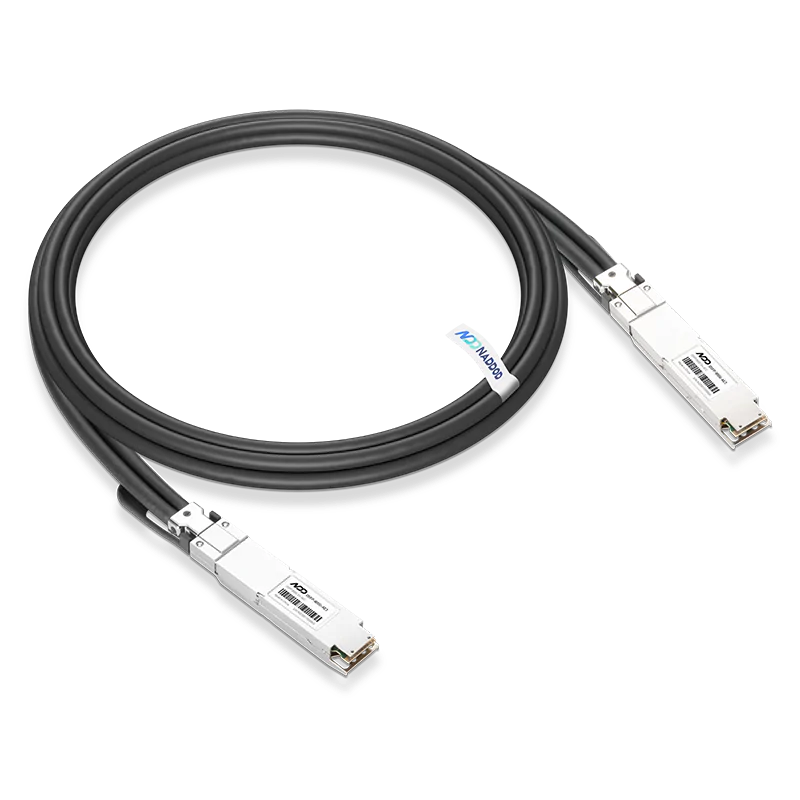Recent years in our daily life, the word 5G is mentioned more frequently which brings new opportunities for the optical communication industry. The entire industry, including fiber patch cords, transceivers and optical access network systems will benefit a lot from 5G construction. The 100G transceiver has become one of the hottest new iconic theme solution.
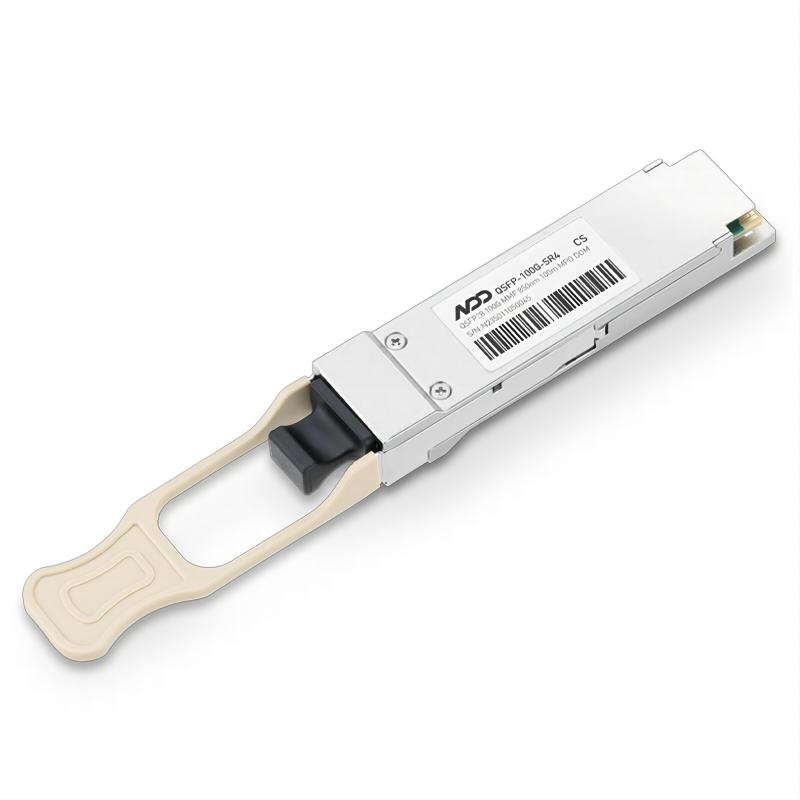
Conception of 100G Transceivers:
Here the “G” from 100G transceivers refers to the unit of optical signal transmission rates, not the “G” in 5G (The 5th Generation mobile communication technology ). Optical transceivers refers to a kind of optical device that realizes high-speed conversion between optical signal and electrical signal. It is composed of optical receiving, optical transmitting, laser array, detector and other functional modules.
Form Factor of 100G Transceivers:
Catagoried by form factor, 100G transceivers has 3 main catagories: CFP/CFP2/CFP4, CXP and QSFP28. QSFP28 is the newest generation 100G transceiver form factor, and it is now the main stream one.
100G Related Standards:
Several international optical communication standards organizations have actively formulated 100G related standards, covering 100G Ethernet interface, optical devices, transceivers, OTN framing, system architecture and other fields to ensure the healthy development of 100G optical communication industry.
IEEE 802.3ba covers the 40/100G Ethernet interface standard and was officially released in July 2010; ITU-T G.709 defines the OTU4 frame structure and mapping protocol supporting 100GE, and defines the frame processing requirements for 100G boards. OIF is responsible for developing protocol specifications for the electrical and mechanical interface, software management interface, integrated transmitter and receiver components, and forward error correction technology of 100G wavelength division side transceivers, promoting the standardization of the design of wavelength division side interface; The CFP Multi-Source Protocol Alliance, which consists of several optical transceiver manufacturers, has also released hardware and software interface protocols for customer-side hot-swappable optical transceiver and developed interface specifications for 100G customer-side interfaces.
The CFP MSA is the first industry standard that support 40 and 100GbE Ethernet optical terminals. The CFP multi-source protocol is designed to define an encapsulation specification for hot-swappable optical transceiver which drives 40 and 100Gbit/s applications, including next-generation high-speed Ethernet applications (40 and 100GbE). The CFA multi-source protocol uses Advanced Thermal Management, EMI Management, and 10Gbit/s Signal integrity to define the mechanical encapsulation, optical connectors, 10 x 10Gbit/s electrical connectors with pins, and hardware on the MDIo-based module management interface and system control board.
The CFP protocol consists of two parts: hardware specifications and management interface specifications. The detailed aggrement of the definition regarding to the hardware specification under the 3 types of CFP encapsulations was released as follows:
(1) CFP was published on March 23, 2009, and the latest version is Publication Rev1.4.
(2) CFP2 Draft 0.0 was released on December 30, 2012, and the current latest version is 1.02013.7.31.
(3) CFP4 Draft 0.1 was released on March 2, 2014 (the only version at present).
CFP Management Interface Specification 2.0 was released on June 30, 2011, and covers three types of CFP encapsulation. The previous version only supports the 100 Gbit/s customer side optical transceiver. This version supports the OIF MSA-100GLH DWDM optical transceiver.
100G Transceivers Frame Structure:
As shown in Table 1, IEEE802.3ba supports 100GE interface types, including 100GBASE-SR10, 100GBASE-LR10, 100GBASE-LR4, and 100GBASE-ER4. The transmission distance, fiber patch cord type, supported rate, and corresponding wavelength of each type are defined in detail. IEEE 802.3ba defines the speed of 100GE as 103.125Gbit/s. The OIF defines two types of CFPS: 4-wavelength (4×25G, 100GBASE-LR4 /ER4) and 10-wavelength (10×10G, 100GBASE-SR10/LR10).
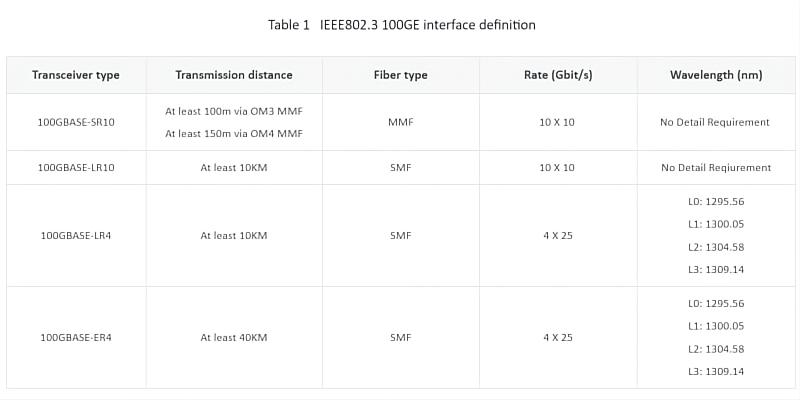
The long distance transmission of DWDM is mainly limited by OSNR, dispersion, nonlinear effect, PMD and other physical limitations. The allowable dispersion tolerance of the system decreases in proportion to the square of the rate. The DGD tolerance is inversely proportional to the rate. The higher the rate, the smaller the DGD allowed by the system. However, the statistical property of the signal polarization change makes it difficult to use the optical compensation method of PMD.
In addition, the development trend of optical transmission system is to further improve the frequency spectrum utilization, so as to save optical fiber resources. These limiting factors are closely related to the modulation signal rate, the higher the modulation rate, the more obvious the effect. To solve the above problems, PM-QPSK modulation technology is used at the transmitting end of 100G optical transceiver, and coherent detection technology, DSP technology and FEC are used at the receiving end.
The transmitter uses polarization multiplexing technology, two independent optical polarization states to carry 56GHz services. Each polarization mode is modulated by QPSK, which can further reduce the baud rate to 28Gbit/s, reducing the bandwidth requirement of optical/electrical components, and thus reducing the system power consumption and cost.
The receiver uses coherent receiving and domain compensation technology. Among them, DSP chip implementation functions include CD compensation, PMD compensation, SOP tracking, frequency offset estimation and phase recovery. The coherently balanced optical receiver restores two polarization states from the optical signal, and demodulates four phase information from the optical signal, converts it into digital signal through A/D, then makes dispersion compensation through CD compensation module, compensates PMD through polarization compensation module, and tracks the rotation of SOP for correct polarization demultiplexing. After that, the frequency offset compensation and phase recovery are carried out, and finally recover to the original signal. DSP compensation technology can increase the OSNR tolerance to nearly 6dB, system dispersion tolerance can reach 40000 ~ 60000ps/nm, PMD tolerance can reach 25 ~ 30ps.
Soft decision FEC technology is widely used in 100Gbit/s WDM systems. SD-FEC makes full use of the output waveform information of the channel and applies more abundant sampling information to judge whether the received signal is “1” or “0”, which can provide higher decoding accuracy and improve the system performance. For an ideal scenario with 20% overhead, soft decision decoding will have 1.3dB more theoretical gain than hard decision decoding.
Application scenarios of the 100G optical module:
The transmission rate of the CFP/CFP2/CFP4 Trnasceiver is 40G/100G for Ethenet networks & Optical transmission network;
QSFP28 optical transceiver, transmission rate 4 × 25 - 28G, used in wireless broadband & Ethernet.

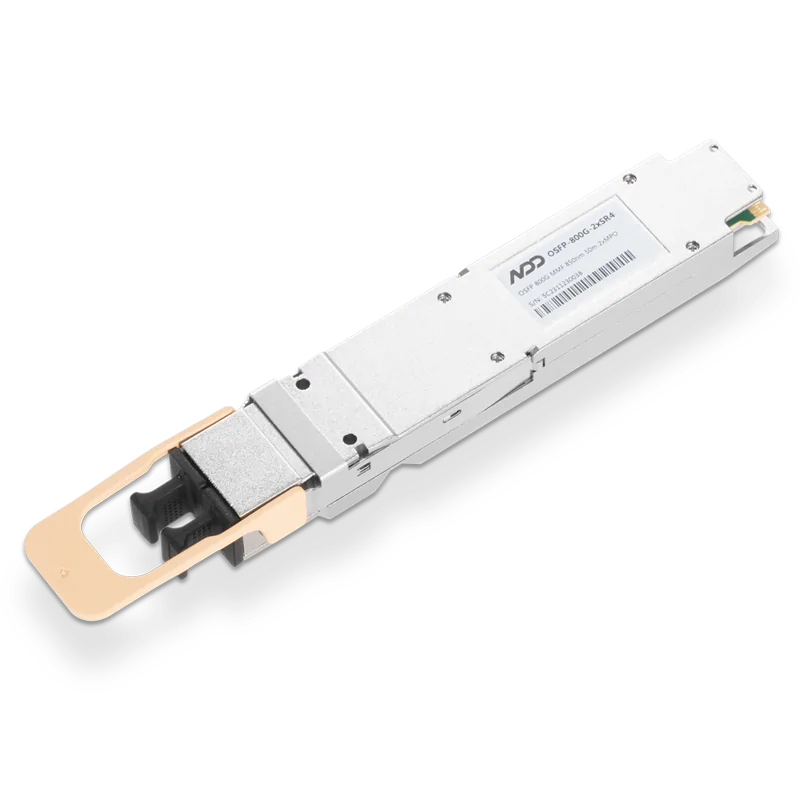 800GBASE-2xSR4 OSFP PAM4 850nm 50m MMF Module
800GBASE-2xSR4 OSFP PAM4 850nm 50m MMF Module- 1Exploring the History of Active Optical Cables
- 2A Collection of Common SFP Optical Transceivers
- 3Brief Introduction to the Advantages of PoE Ethernet Switches
- 4NADDOD 1.6T XDR Infiniband Module: Proven Compatibility with NVIDIA Quantum-X800 Switch
- 5Vera Rubin Superchip - Transformative Force in Accelerated AI Compute




